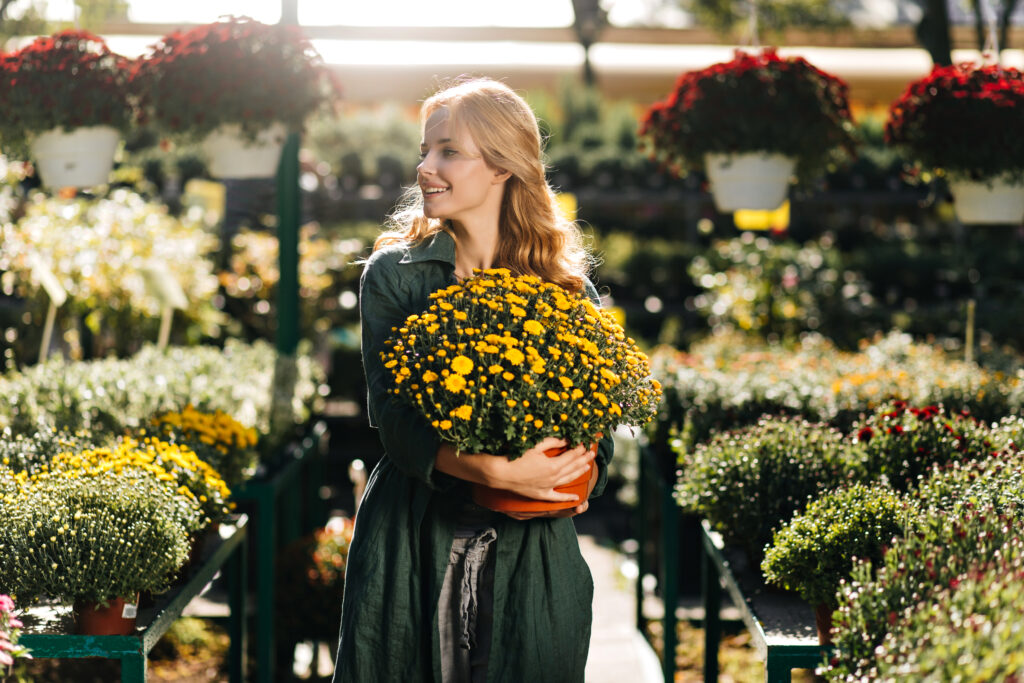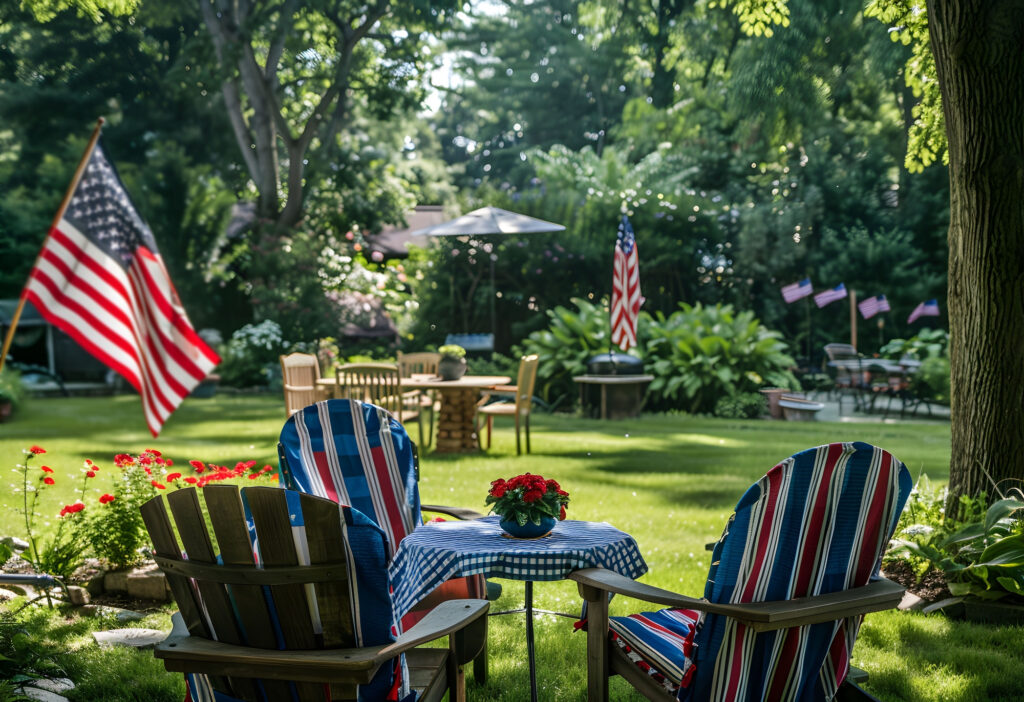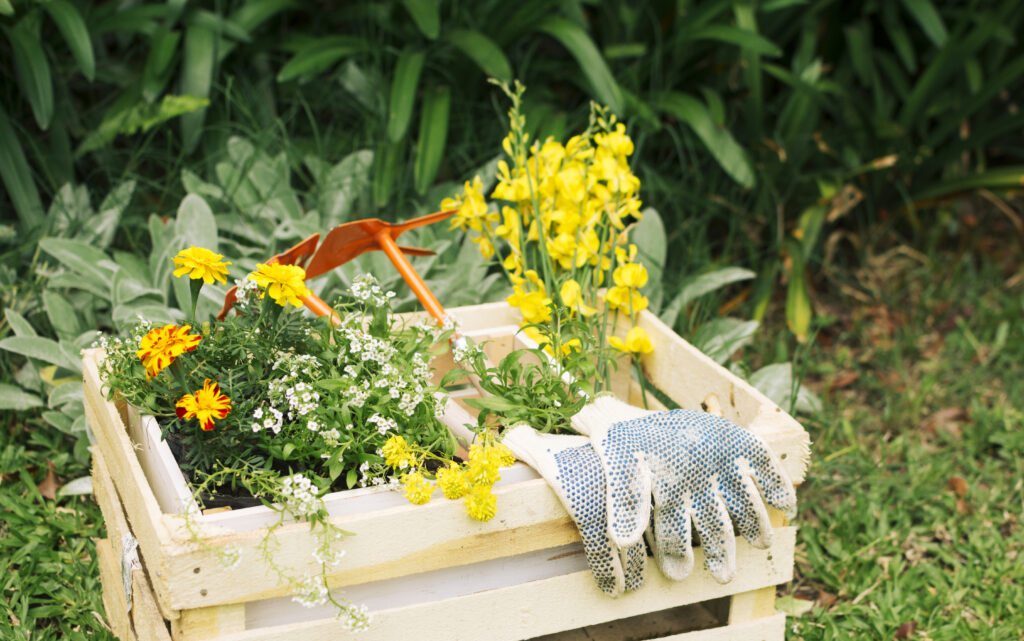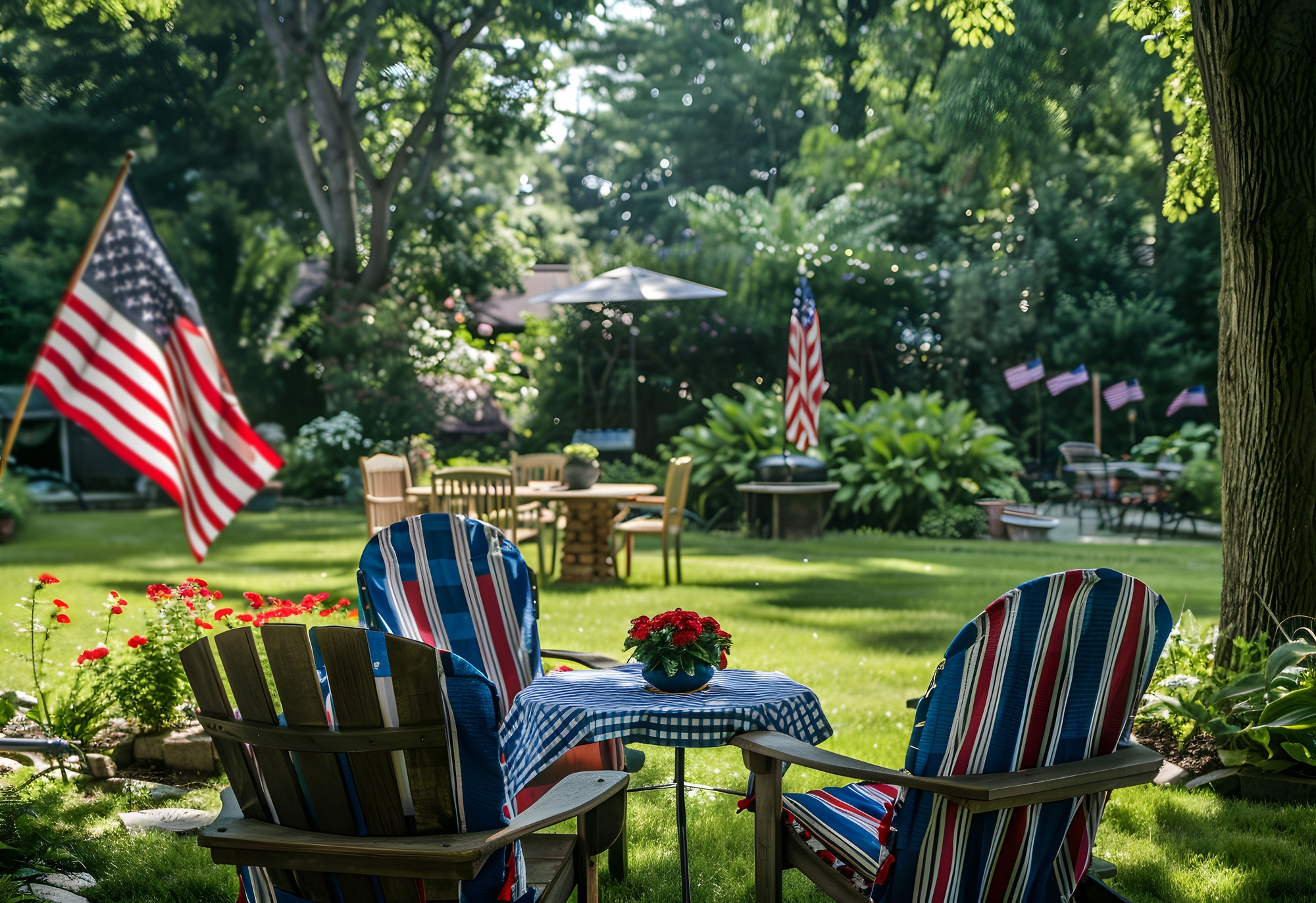
How to Plant Wildflower Seeds
Low-Maintenance Wildflower Garden
Introduction :
Creating a Low-Maintenance Wildflower Garden in the USA is a fulfilling and visually appealing way to bring nature closer to your home. By using native plants and adopting eco-friendly practices, you can create a vibrant and sustainable garden with minimal effort. Let’s dive into the essential steps and insights to help you cultivate a thriving wildflower garden.
What is a Low-Maintenance Wildflower Garden?
A low-maintenance wildflower garden is a carefully curated space filled with native wildflowers that require minimal upkeep. This type of garden mimics natural ecosystems, providing a haven for local wildlife and requiring less water, fertiliser, and overall care compared to traditional gardens. By selecting the right plants and employing sustainable gardening practices, you can enjoy a beautiful, hassle-free garden year-round.
Benefits of a Wildflower Garden?
Wildflower gardens offer numerous benefits, from enhancing biodiversity to supporting pollinators like bees and butterflies. They are drought-tolerant, reducing water consumption, and they contribute to soil health by preventing erosion and promoting beneficial microbial activity. Additionally, wildflower gardens add aesthetic value to your property with their vibrant colors and varied textures.
Ideal Locations in the USA
The ideal location for a wildflower garden depends on the specific climate and soil conditions of your region. Wildflowers thrive in diverse environments, from sunny meadows to shaded woodlands. Regions such as the Midwest, the Southeast, and parts of the West Coast are particularly well-suited for a wide variety of native wildflowers.
Table of Contents
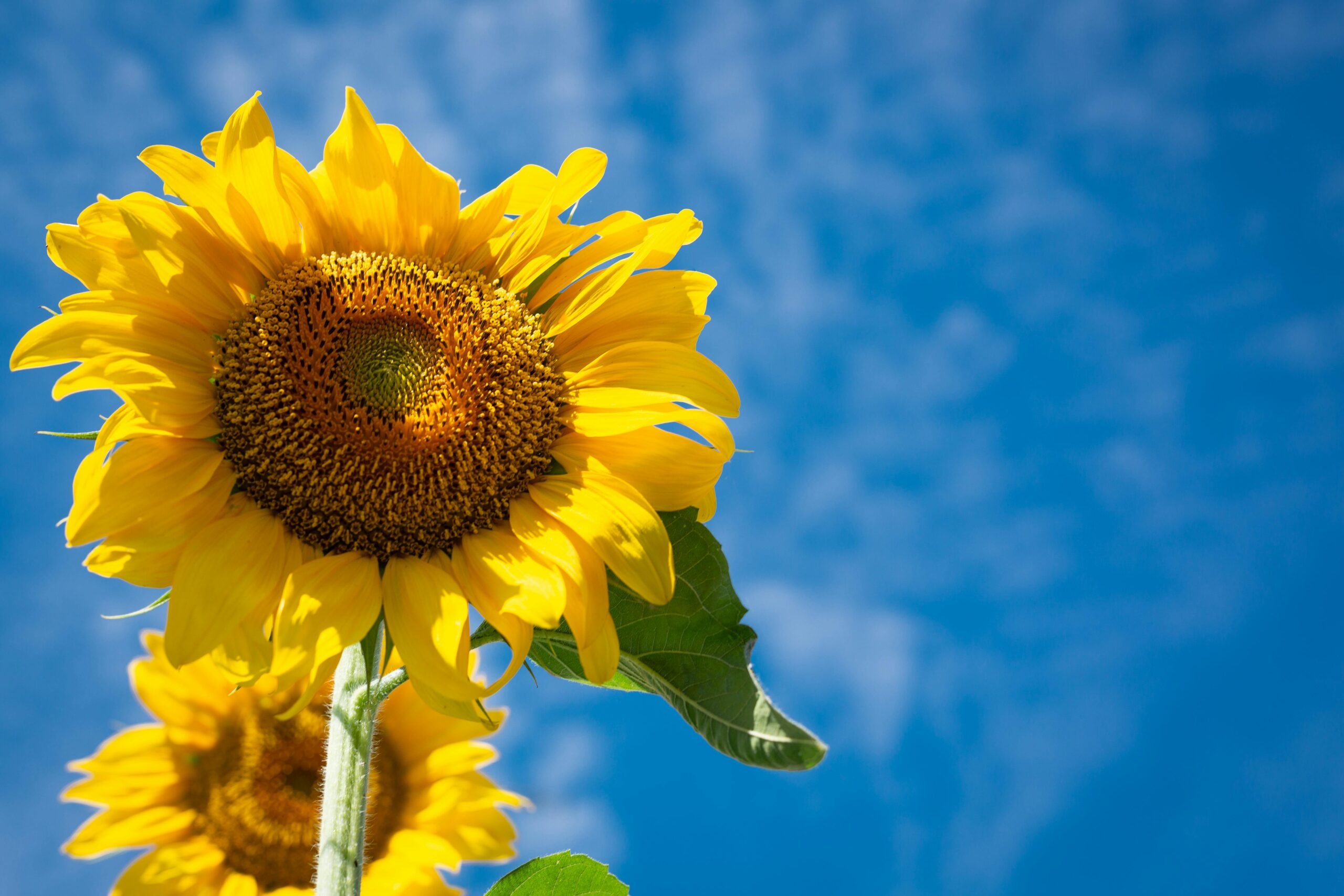
Planning Your Wildflower Garden
1.Understanding Your Local Climate
Before planting your wildflower garden, it’s crucial to understand your local climate. This includes knowing the average temperature ranges, rainfall patterns, and frost dates. Native wildflowers are adapted to the specific conditions of their regions, so choosing plants that match your climate will ensure a thriving garden with minimal maintenance.
2.Soil Preparation and Testing:
Healthy soil is the foundation of a successful wildflower garden. Start by testing your soil’s pH and nutrient levels to determine what amendments may be necessary. Adding organic matter like compost makes the soil healthier, richer, and better at holding moisture. Aim for a well-draining soil that supports the growth of deep-rooted wildflowers.
3.Choosing the Right Wildflowers:
Selecting the right wildflowers involves considering factors such as bloom time, height, and color. Opt for a mix of perennials and annuals to ensure continuous blooms throughout the growing season. Native wildflowers like Black-Eyed Susan, Coneflower, and Butterfly Weed are excellent choices for a low-maintenance garden in the USA.

Designing Your Garden
1.Creating a Layout:
Designing a wildflower garden layout involves planning for both aesthetics and functionality. Group plants with similar water and sunlight requirements together. Use taller plants as natural screens or focal points, and arrange shorter plants towards the front. Curved pathways and borders can add a natural, flowing feel to your garden.
2.Companion Planting Strategies:
Companion planting enhances the health and growth of your wildflower garden. Some plants, when grown together, can deter pests, attract beneficial insects, or provide mutual support. For example, planting Yarrow alongside other wildflowers can attract predatory insects that help keep harmful pests in check.
3.Seasonal Considerations:
Consider the seasonal changes in your garden. Plan for early spring blooms with species like Bluebells and Poppies, and ensure late-season interest with Asters and Goldenrod. By incorporating plants that bloom at different times, you can maintain visual appeal and provide continuous resources for pollinators.
Planting Your Wildflower Garden
1. When to Plant Wildflowers:
Timing is critical when planting wildflowers. Generally, spring and fall are the best times to sow wildflower seeds. Spring planting takes advantage of warming soil and increasing daylight, while fall planting allows seeds to establish roots before the winter dormancy, leading to robust growth in the spring.
2. Direct Sowing vs. Transplanting:
Wildflowers can be established through direct sowing or transplanting. Direct sowing involves scattering seeds directly onto prepared soil, while transplanting uses seedlings grown in containers. Direct sowing is often more natural and cost-effective, but transplanting can give certain species a head start and better survival rates.
3. Watering Techniques:
While wildflowers are generally drought-tolerant, proper watering is essential during the establishment phase. Water newly planted seeds or seedlings regularly until they are well-established. Once mature, most wildflowers require minimal supplemental watering, relying on natural rainfall to meet their needs.
Maintaining Youhttps://variousflower.com/when-to-plant-wildflower-seeds/r Garden
- Weed Control Methods : Effective weed control is vital for a healthy wildflower garden. Mulching with organic materials like straw or wood chips can suppress weed growth and retain soil moisture. Hand-pulling weeds, particularly before they set seed, and using ground covers are additional strategies to keep your garden weed-free.
- Pest Management Tips: Wildflower gardens attract a variety of insects, some beneficial and some harmful. Encourage natural predators like ladybugs and spiders to keep pest populations in check. Avoid chemical pesticides, which can harm pollinators and other beneficial organisms. Neem oil and insecticidal soaps are safer alternatives for managing pests.
- Fertilisation Practices : Wildflowers typically require little to no fertilisation, especially if planted in nutrient-rich soil. Using too much fertiliser can make the plants grow lots of leaves but fewer flowers. If necessary, use a balanced, slow-release fertiliser sparingly to promote healthy growth without overwhelming the plants.
“Discover More: Enhance Your Garden with Bee-Friendly Tips!”
Enhancing Garden Aesthetics:
1. Adding Pathways and Borders:
Pathways and borders can add structure and accessibility to your wildflower garden. Natural materials like stone, gravel, or wood are excellent choices for creating paths that blend seamlessly with the wildflower aesthetic. Borders can help define garden areas and keep invasive plants in check.
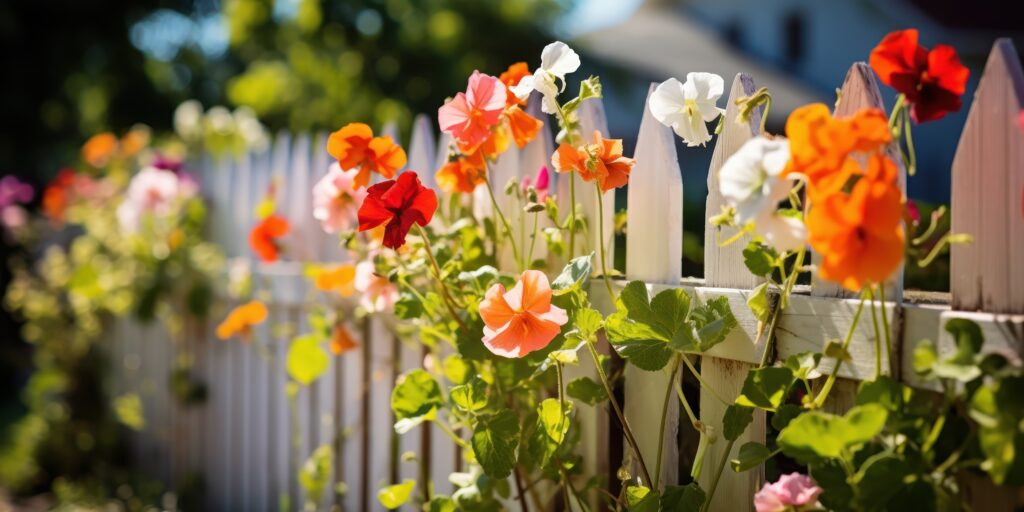
2. Incorporating Garden Art and Decor :
Personalise your garden with art and decor. Consider adding bird baths, sculptures, or rustic benches to create focal points and resting spots. Garden art can reflect your personal style and make your garden a more inviting space for visitors
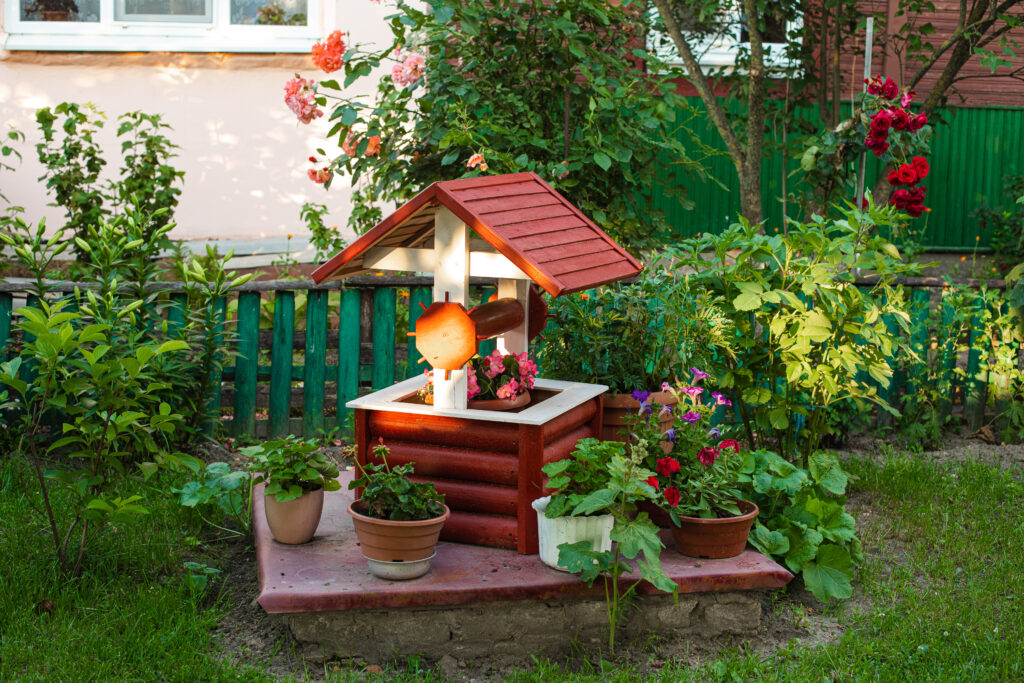
3. Creating Wildlife Habitats:
Enhance the ecological value of your garden by creating habitats for wildlife. Birdhouses, bat boxes, and bee hotels provide shelter for various species. Planting a diverse range of wildflowers ensures a continuous food source for pollinators and other beneficial insects throughout the year.
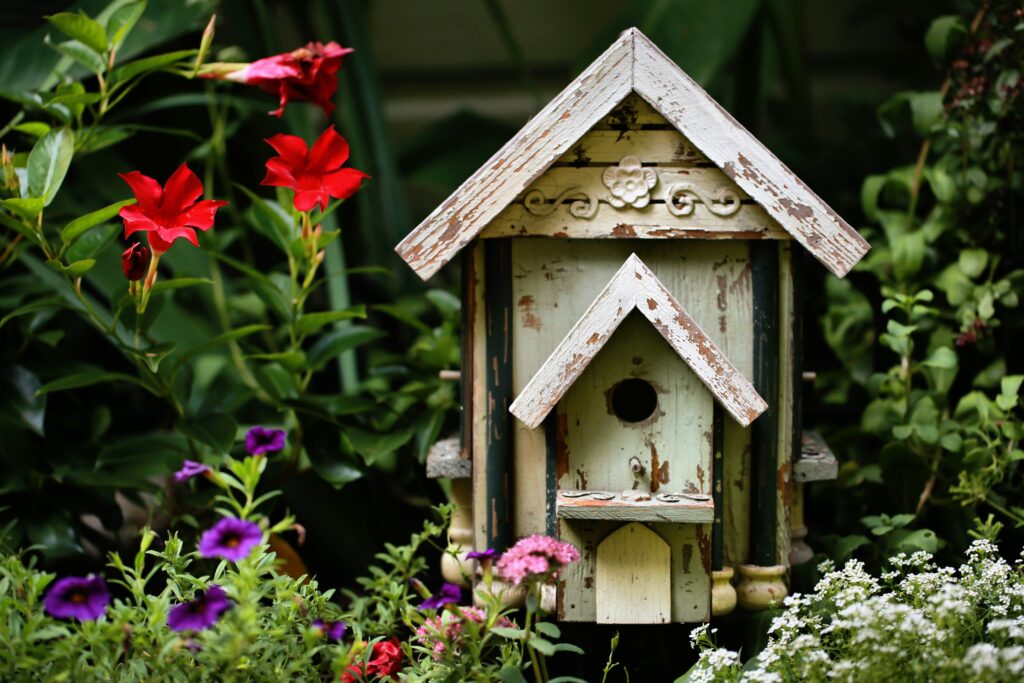
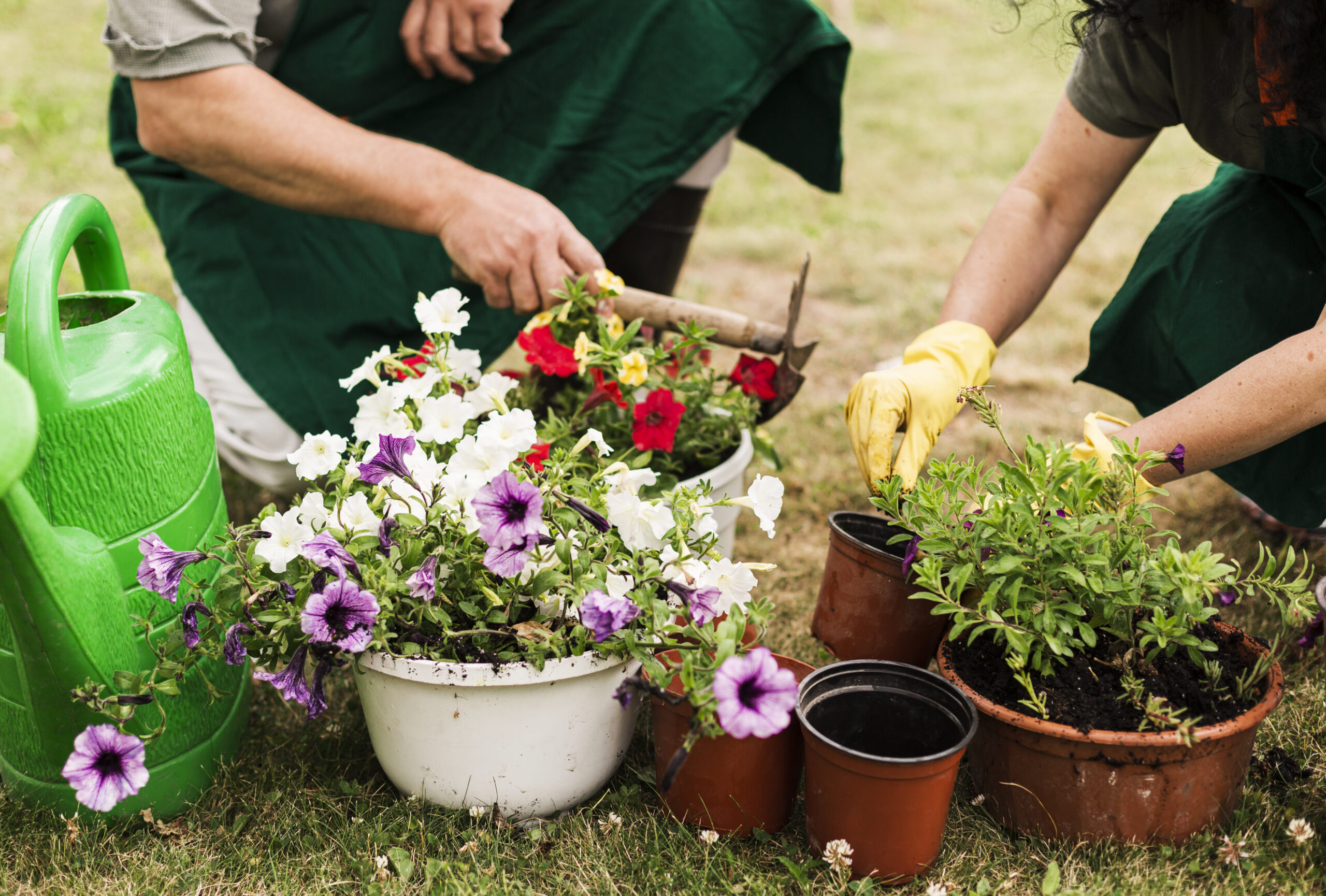
Year-Round Garden Care
1.Seasonal Maintenance Routines
Adopting seasonal maintenance routines helps keep your wildflower garden thriving year-round. In spring, focus on planting and weeding. Summer is the time for monitoring water needs and pest control. Fall involves cleaning up dead plants and mulching, while winter care may include protecting sensitive plants with covers.
2.Protecting Your Garden in Winter:
Winter can be harsh on your wildflower garden. Protect your plants by applying a thick layer of mulch to insulate roots and prevent soil erosion. Consider covering delicate species with burlap or frost cloth to shield them from extreme cold and drying winds.
3.Reviving Your Garden in Spring
As winter thaws, revive your garden by removing any protective covers and raking away dead leaves. This is the ideal time to divide overcrowded perennials and add new plants to fill in gaps. Early spring is also perfect for top-dressing your garden with compost to enrich the soil.
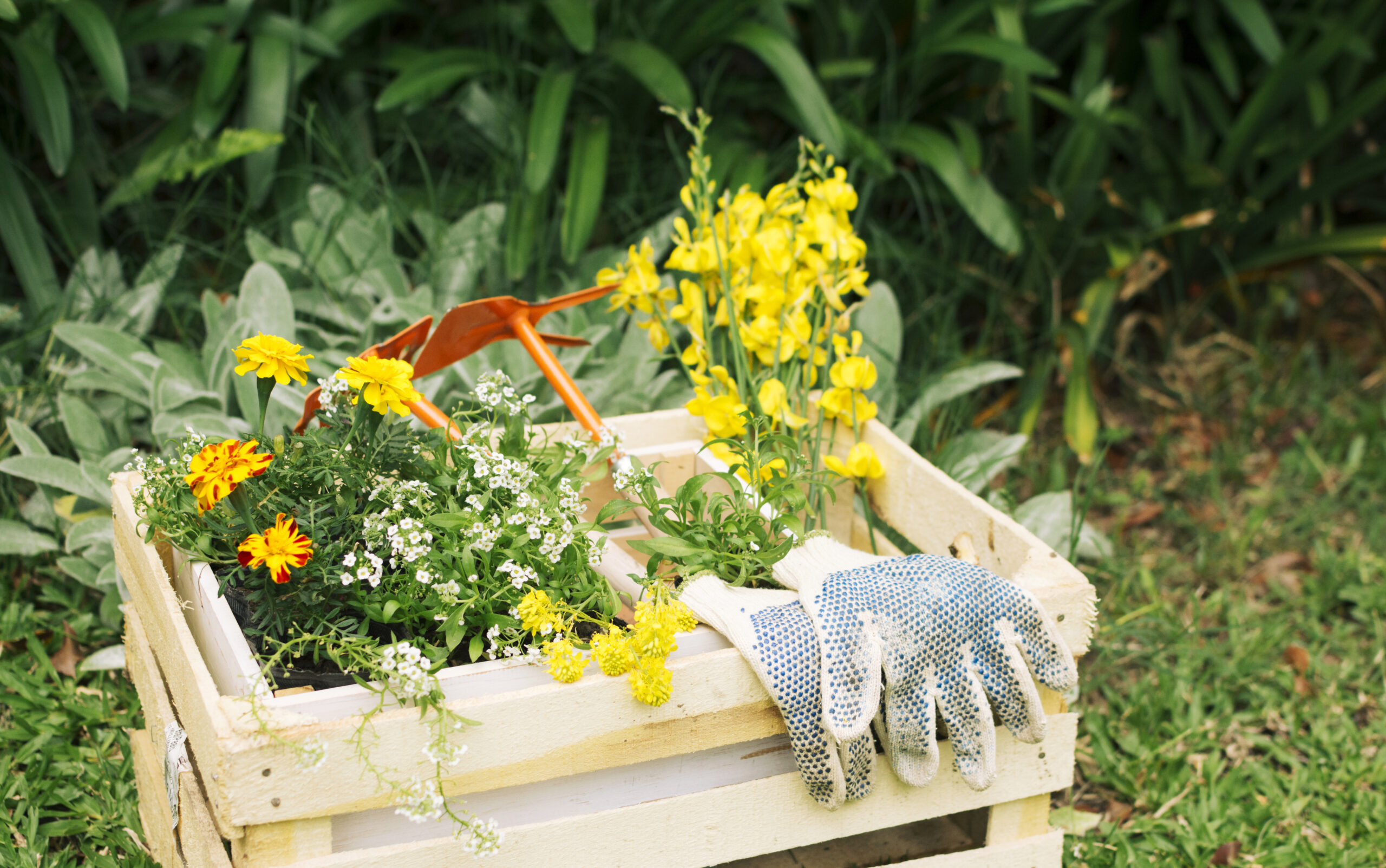
Eco-Friendly Practices
1.Benefits of Native Plants:
Native plants are the cornerstone of an eco-friendly wildflower garden. They are adapted to local climates and soil conditions, requiring less water and maintenance. Native wildflowers also provide critical habitat and food sources for local wildlife, promoting biodiversity and ecological balance.
2.Sustainable Gardening Techniques:
Sustainable gardening techniques such as composting, rainwater harvesting, and using organic mulch can reduce your garden’s environmental footprint. Composting kitchen and garden waste enriches the soil naturally, while rain barrels collect and store water for irrigation, reducing reliance on municipal water supplies..
3.Reducing Water Usage:
Efficient water usage is a key aspect of low-maintenance gardening. Drip irrigation systems deliver water directly to plant roots, minimising evaporation and runoff. Grouping plants with similar water needs together and using drought-tolerant species further conserves water.
Challenges and Solutions
- Common Wildflower Garden Problems: Every garden faces challenges, and wildflower gardens are no exception. Common issues include poor germination rates, aggressive weeds, and pest infestations. Addressing these problems promptly and using organic solutions can help maintain the health and beauty of your garden.
- Solutions for Poor Soil Quality: Poor soil quality can hinder the growth of wildflowers. Improve your soil by incorporating organic matter such as compost or well-rotted manure. Raised beds can also be a solution for areas with particularly poor or compacted soil, providing better drainage and root growth conditions.
- Dealing with Invasive Species: Invasive species can outcompete native wildflowers, disrupting your garden’s ecosystem. Regularly monitor your garden for invasive plants and remove them promptly. Mulching and covering exposed soil can help prevent invasive seeds from taking root.
Inspiration and Ideas
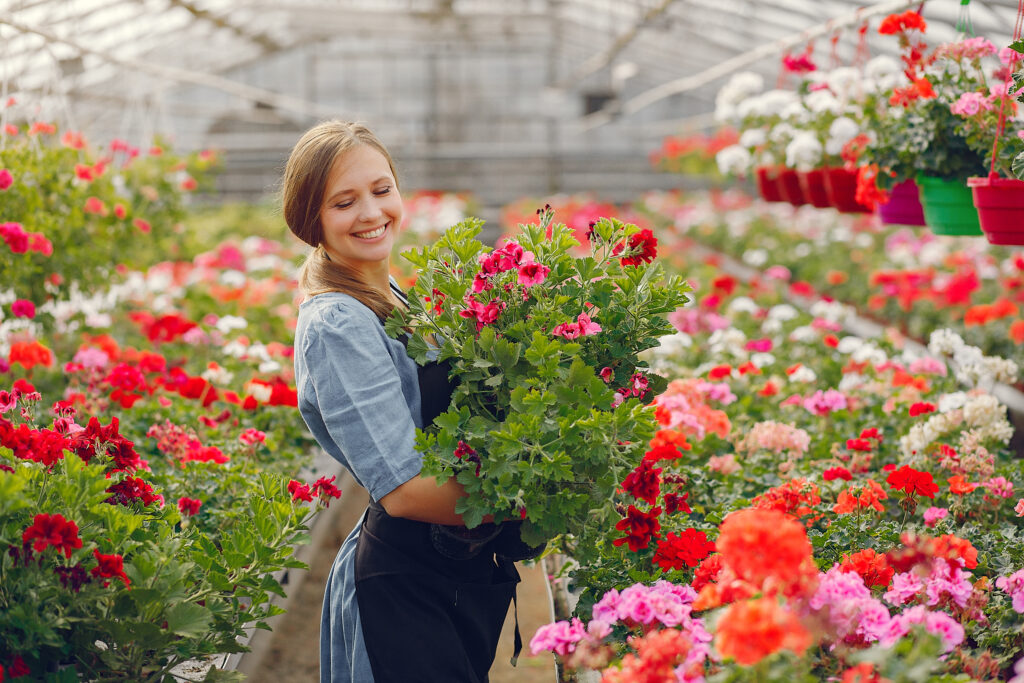
1. Garden Tours and Case Studies
Visiting established wildflower gardens can provide inspiration and practical ideas for your own space. Many botanical gardens and nature reserves offer tours and workshops on native plant gardening. Case studies of successful gardens can highlight effective design strategies and maintenance practices.
2. Interview with a Wildflower Gardening Expert:
Gain insights from experts by reading interviews with experienced wildflower gardeners. These professionals can share tips on plant selection, garden design, and troubleshooting common problems. Their firsthand knowledge and advice can be invaluable for both novice and seasoned gardeners.
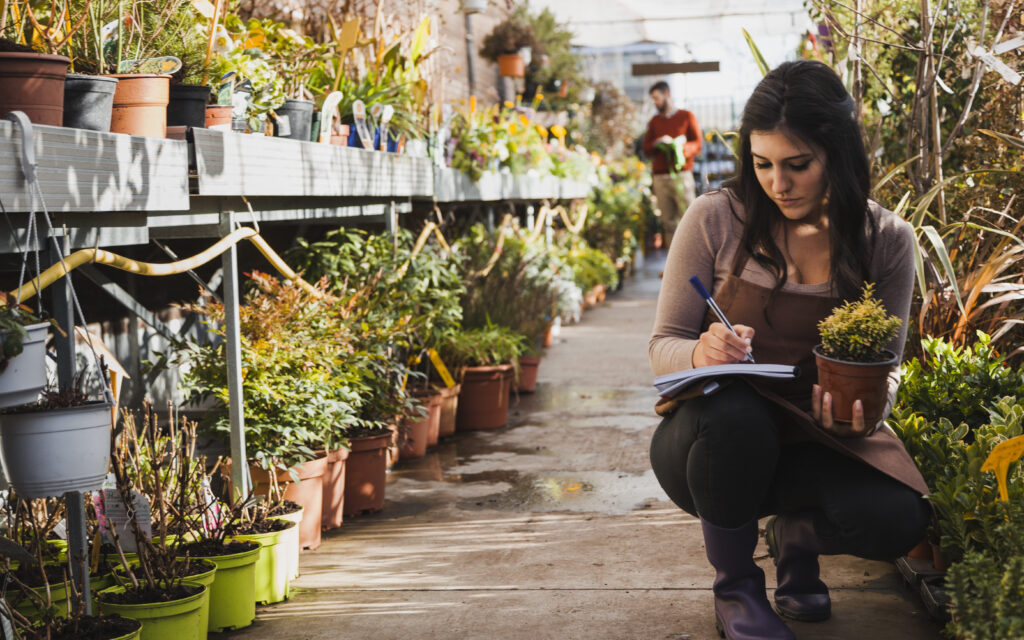
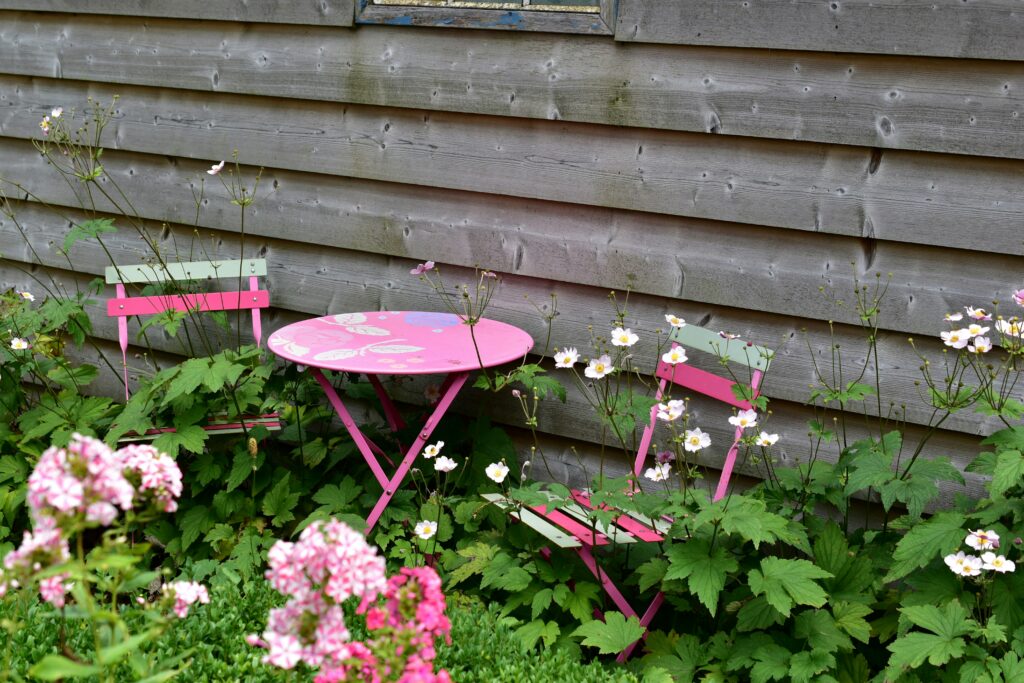
3. Creative Garden Layouts:
Experiment with creative garden layouts to make your wildflower garden unique. Consider themed sections, such as butterfly gardens or sensory gardens with plants chosen for their textures and scents. Mixing wildflowers with ornamental grasses and shrubs can add depth and visual interest.
Community and Resources
- Joining Local Gardening Groups: Connecting with local gardening groups can provide support and camaraderie. These groups often share seeds, plants, and knowledge, fostering a sense of community. Participation in garden tours and workshops can also enhance your skills and inspire new ideas for your wildflower garden.
- Online Resources and Forums: The internet is a treasure trove of information for wildflower gardeners. Online forums, gardening websites, and social media groups offer advice, inspiration, and troubleshooting tips. Engaging with these communities can keep you updated on the latest trends and best practices in wildflower gardening.
- Recommended Reading and Tools: Expand your knowledge by reading books and articles on wildflower gardening. Many experts have published guides that cover everything from plant identification to advanced gardening techniques. Investing in quality tools, such as ergonomic pruners and sturdy gloves, can make gardening tasks easier and more enjoyable.
